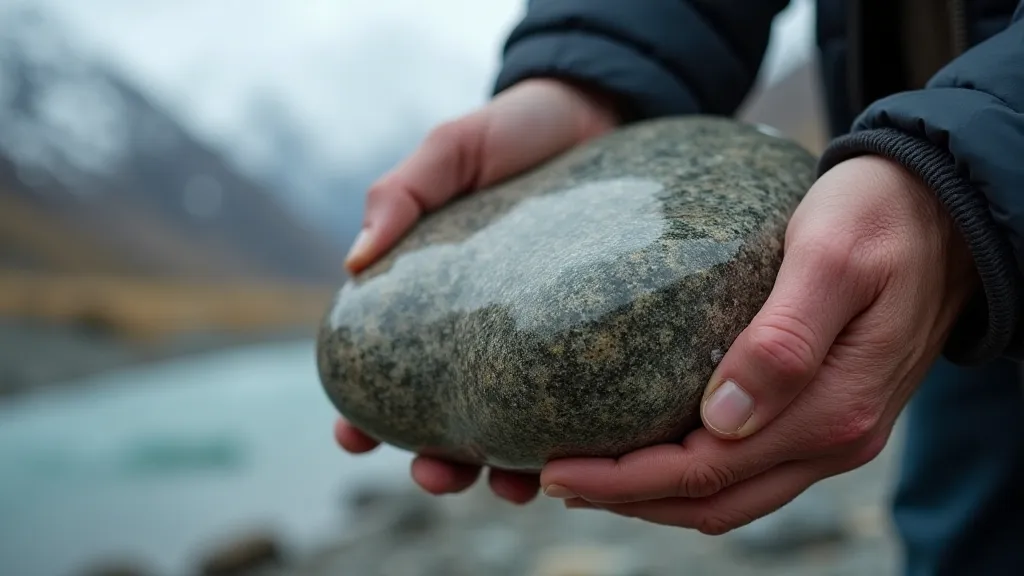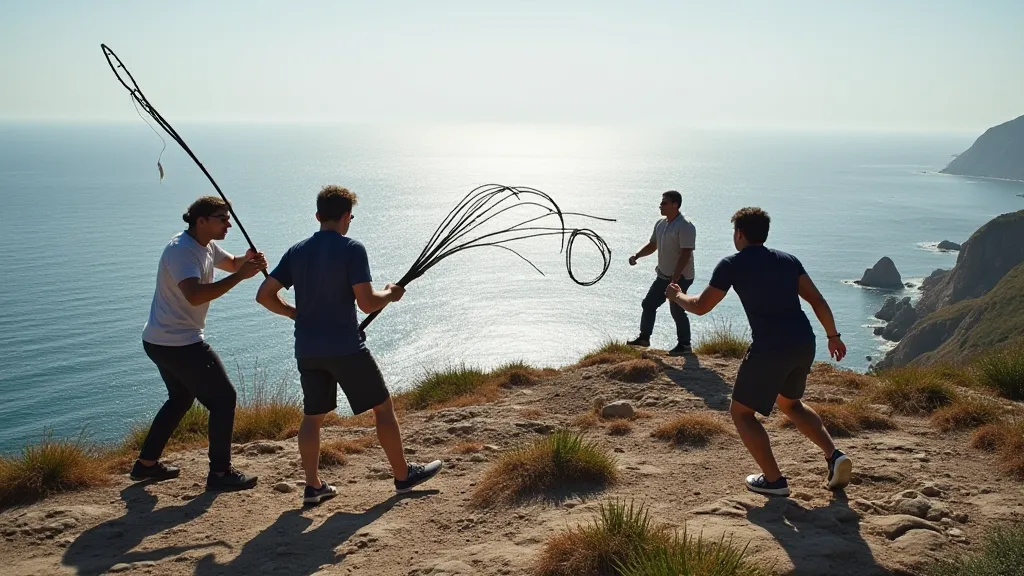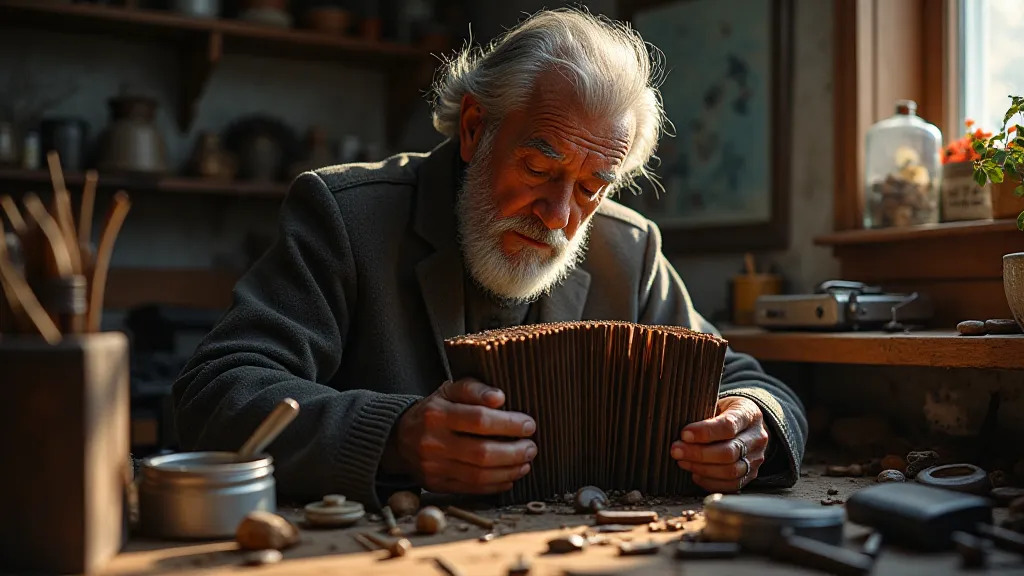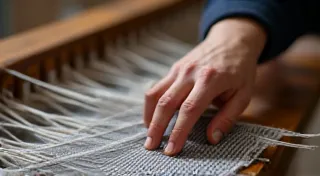The Rhythm of the Land: How Geography Shapes Game Design
There's a peculiar beauty in observing how human culture intertwines with the natural world. We build our homes, cultivate our food, and tell our stories according to the dictates of the landscape. This influence isn's limited to the tangible; it subtly, powerfully shapes our play—our games. Traditional games, particularly those passed down through generations, aren't simply sources of entertainment. They are living embodiments of a region’s history, reflecting the challenges, opportunities, and very soul of a place. They’re echoes of the land itself.
I remember as a child, visiting my grandmother in the Austrian Alps. Her house was a symphony of wood and stone, smelling perpetually of pine and baking bread. She would often tell me stories, not just in words, but through gestures and the rhythm of her speech—a cadence intimately linked to the rise and fall of the mountains. One evening, she brought out an antique accordion, its bellows worn but still capable of producing a mournful, yet somehow uplifting melody. Holding it felt like holding a piece of history, a tangible connection to generations who had lived and worked the same unforgiving, yet breathtakingly beautiful, terrain. That accordion, much like the traditional games of the region, was a testament to resilience, ingenuity, and the deep-seated human need to find joy even amidst hardship.
The Alpine Dance: Resilience in Stone and Snow
Consider the games of the Alpine regions – Austria, Switzerland, Germany, and Italy. The terrain is demanding: steep slopes, rocky ground, and harsh winters. It’s no accident that many traditional games emphasize agility, balance, and strength. Steinheben (stone lifting) is a prime example. More than just a display of brute force, it evolved from the necessity of moving rocks for construction and agriculture. The size and shape of the stones lifted often reflected what was readily available—smooth, rounded river stones were easier to manage than jagged, angular quarry rocks. Similarly, Holztragen (wood carrying) tested a person’s ability to transport resources efficiently across challenging terrain. The distance and weight carried would have been directly related to the demands of daily life.

Even games seemingly less physically demanding, like variations of Klingeln (ringing), a form of target shooting using bells, have their roots in practical skills. Originally, it's believed these were training exercises for hunters, teaching accuracy and precision in a landscape where stealth and precision were crucial for survival. The bells themselves, often made from local metals and decorated with regional motifs, weren’t just bells; they were markers of identity and craftsmanship.
Desert Rhythms: Adapting to the Sands
Moving to a completely different environment—the vast deserts of North Africa—reveals another fascinating interplay between geography and game design. Where the Alps demand strength and agility, the desert emphasizes endurance, resourcefulness, and social cooperation. Games like Sebet El-Hamar (the Donkey Race) in Egypt, where players try to propel a donkey along a designated path, demonstrate a playful adaptation to the presence of the camel and donkey—essential beasts of burden in the desert. The rules, often flexible and subject to improvisation, reflect the need to adapt to unpredictable conditions and scarce resources.
The scarcity of water profoundly shaped other games. Ghazeh, a traditional form of tag played in several North African countries, requires minimal equipment and can be played anywhere, making it suitable for nomadic lifestyles where movement was constant. The emphasis is on quick reflexes and strategic thinking, crucial skills for navigating a challenging environment. The social element is also significant, reinforcing communal bonds in a landscape where survival often depended on cooperation.
The Coastal Dance: A Rhapsody of Waves and Wind
Coastal regions, with their access to the sea and abundant natural resources, foster games that celebrate the ocean’s bounty. In coastal Portugal, Malha (tossing), a game involving throwing a bundle of sticks to a target, reflects the skills needed for fishing and handling ropes. The weight and size of the bundle would have been determined by the availability of materials and the strength of the players. The competition itself mirrored the challenges faced by fishermen – accuracy, precision, and teamwork were essential for bringing in a successful catch.

Similarly, in coastal communities of Japan, games involving nets and balls often mirror fishing techniques and demonstrate the importance of the sea in their culture. The delicate artistry involved in crafting these games - the intricate knotting of nets, the smooth painting of wooden balls – exemplifies the Japanese appreciation for craftsmanship and attention to detail.
Beyond Play: A Legacy of Craftsmanship and Culture
The beauty of traditional games isn's just in their playfulness, but in what they reveal about the societies that created them. They are living documents, offering a unique window into the past. They remind us that our culture—our games included—is not something static, but something actively shaped by the environment we inhabit. The antique accordion my grandmother possessed, the meticulously crafted fishing nets of coastal Portugal, the weathered stones of Alpine lifting contests—all these objects carry with them the stories of generations.
Collecting antique games or even attempting to restore a traditional game board can be a profoundly rewarding experience. It's more than just acquiring an object; it’s connecting with a lineage, understanding the struggles and triumphs of those who came before. The skill required to restore an accordion, for instance, is akin to understanding the history embedded within its keys and bellows—a dedication to preserving a cultural legacy. It requires a reverence for the craftsmanship and an appreciation for the stories it holds.

As globalization continues to homogenize our world, preserving these regional traditional games becomes even more vital. They serve as powerful reminders of our diverse cultural heritage and the intricate, enduring connection between humanity and the land that sustains us. By understanding the rhythm of the land, we can better appreciate the games—and the cultures—that arise from it.





